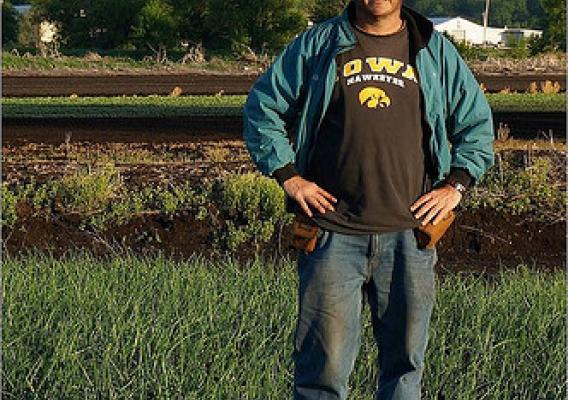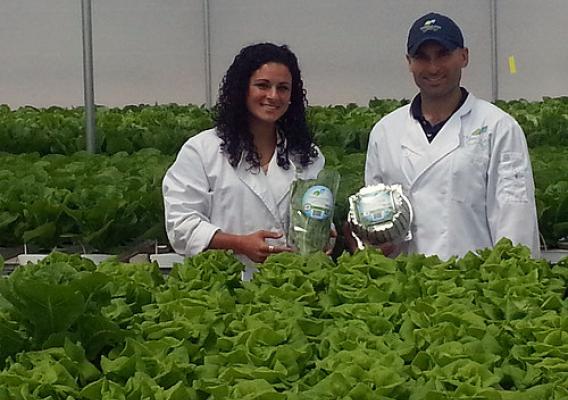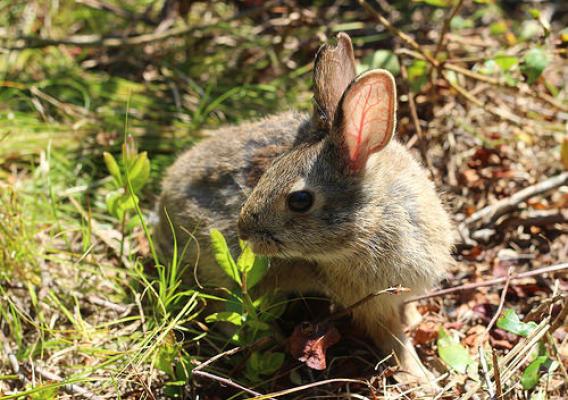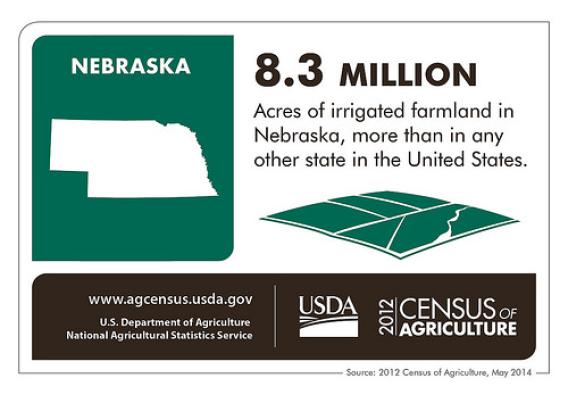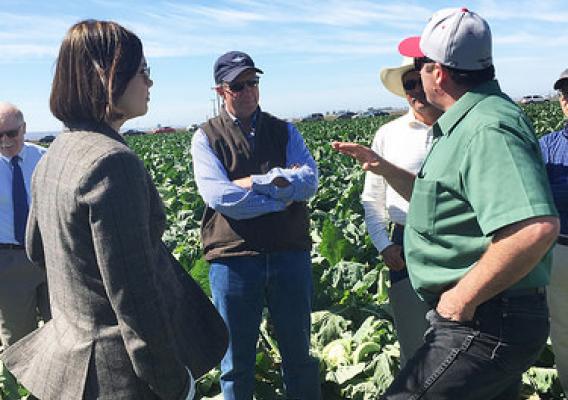Sometimes Mother Nature and hard work come together to produce a bountiful harvest on the farm. But what if the grocery store, distributor, or processor that the farmer sells to can’t handle any excess? Or, what if a percentage of the crop turns out too big, too small, or oddly shaped and no one will buy it? Organizations across the country are working with farmers to get this wholesome produce to people who need it.
Many farms may want to donate directly to a food bank, but are discouraged because they currently can’t claim a tax deduction for the donations. To help farms offset the costs of the labor required to harvest the crop and the packaging to transport it, many food banks and food recovery groups are able to assist the farmer with the “pick and pack out” (PPO) cost. The PPO cost can be very beneficial to a farmer. Chris Pawelski, a fourth generation onion farmer at Pawelski farms in Goshen, New York, donates his nutritious-but-undersized onions to City Harvest. City Harvest is a food rescue organization in New York City that has been connecting good, surplus food with hungry New Yorkers since 1982. The PPO cost that is paid to Pawelski by City Harvest in some years was the determining factor in keeping his farm from losing money.


